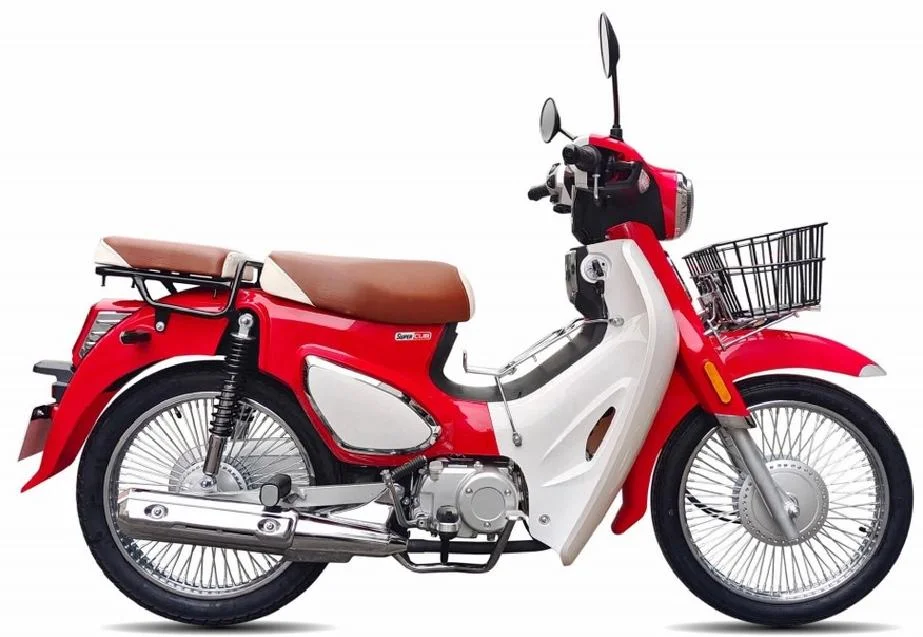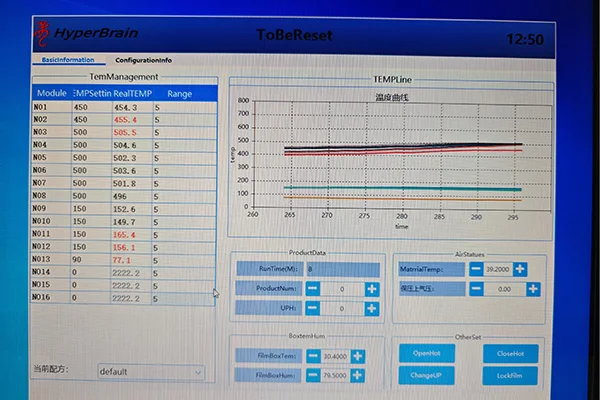Unveiling the Drawbacks of Bus Transport: A Comprehensive Analysis
Bus transport has long been a popular mode of transportation, providing an affordable and convenient option for commuters worldwide. However, it is essential to acknowledge that like any other system, bus transport also has its fair share of disadvantages. In this blog post, we will delve into the drawbacks of bus transport, shedding light on various aspects that may affect passengers' experiences and overall efficiency.
- Traffic Congestion:
One of the primary disadvantages of bus transport is its vulnerability to traffic congestion. Buses often share the road with other vehicles, leading to delays and longer travel times. This can be particularly frustrating for passengers who rely on buses for their daily commute, as it may result in missed appointments, increased stress levels, and decreased productivity. - Limited Flexibility:
Unlike private vehicles or taxis, bus routes are predetermined and follow fixed schedules. This lack of flexibility can be inconvenient for passengers who require customized travel plans or have last-minute changes in their itineraries. Additionally, bus routes may not cover all areas comprehensively, leaving some passengers with limited access to public transportation. - Overcrowding and Comfort:
During peak hours, buses can become overcrowded, making the journey uncomfortable for passengers. Limited seating availability, lack of personal space, and standing for extended periods can lead to discomfort and fatigue. Moreover, overcrowding may also impact safety measures, making it challenging to evacuate passengers efficiently in case of emergencies. - Dependence on Infrastructure:
Bus transport relies heavily on the availability and condition of infrastructure, such as roads and bus stops. Inadequate infrastructure can lead to delays, detours, or even service disruptions. Additionally, adverse weather conditions, such as heavy rain or snow, can further impact the reliability and efficiency of bus services, inconveniencing passengers. - Environmental Impact:
While buses are generally considered a greener alternative to private vehicles, they still contribute to environmental pollution. Diesel-powered buses emit greenhouse gases and particulate matter, contributing to air pollution and potentially affecting the health of both passengers and nearby residents. Efforts to transition to electric or hybrid buses are underway, but the transition process may take time.
Conclusion:
While bus transport offers numerous advantages, it is crucial to acknowledge its disadvantages to understand the limitations and challenges associated with this mode of transportation. Traffic congestion, limited flexibility, overcrowding, dependence on infrastructure, and environmental impact are key areas that need attention to enhance the overall bus transport experience. By addressing these drawbacks, authorities can work towards improving bus services, making them more efficient, comfortable, and sustainable for passengers in the future.





